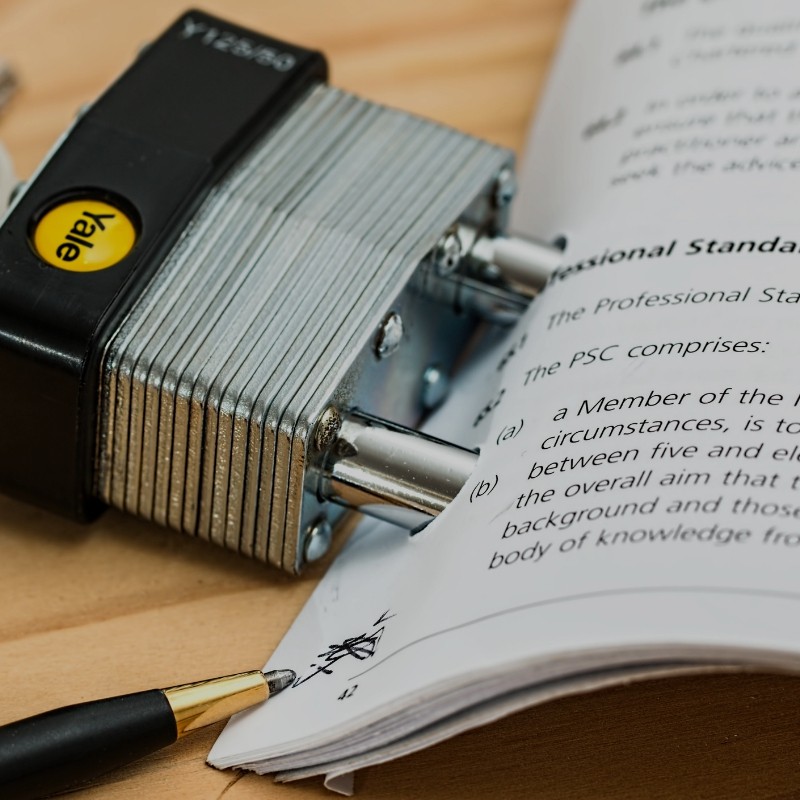Complications with Multiple Secured Parties: Part 3 – Risks

Again, most people do not appreciate the potential complications involved when a search reveals multiple secured parties on a single financing statement. See the first two parts of this series regarding the confusion arising when terminations, amendments, and continuations are filed with respect to financing statements with multiple secured parties. This part concerns the risks or potential consequences that flow from that confusion.
Let’s begin with an easy example.
- SP-1 filed a financing statement in 2014 covering accounts, equipment, general intangibles, and inventory.
- SP-1 authorized the filing of an amendment in 2015, and the amendment was filed, indicating an assignment by SP-1 to SP-2 of the interest in inventory.
- In 2016, SP-3 paid SP-2 in full and filed its own financing statement covering accounts, equipment, general intangibles, and inventory, and SP-2 provided a termination of the 2014 financing statement.
- SP-3 obtains a confirming UCC search, and the report shows only SP-3’s recent financing statement along with the 2014 financing statement, 2015 assignment, and 2016 termination.
- Does SP-3 conclude that it is first-to- file with respect to accounts, equipment, general intangibles, and inventory? It should not, because the 2016 termination by SP-2 only affects SP2’s interest unless there is evidence that SP-1 also authorized the 2016 termination. Remember: “a record authorized by one secured party of record does not affect the financing statement with respect to another secured party of record.” (§ 9510(b).)
The risk illustrated by this example is that a secured party retained some interest that was not resolved by a termination provided by another secured party. Relying solely on a search report – showing initial filing by SP-1, assignment to SP-2, and termination by SP-2 – one could conclude that the entire interest memorialized in the financing statement was resolved. But that would be a mistake, because examination of the underlying records – the initial financing statement, assignment, and termination – would reveal that SP-1’s interest in accounts, equipment, and general intangibles remains unresolved.

There are myriad combinations and permutations of records that comprise financing statements, and neither a search report alone nor a superficial review of the underlying records will reliably reveal the various record interests of various secured parties. And the risks of misinterpretation or of not inquiring deeply enough are particularly prevalent where there are multiple secured parties on a single financing statement. Risks include, among others, that an assignment affected less than assignor’s entire interest in all collateral, that an amendment (e.g., a deletion or “release” of particular collateral) affected less than all secured parties’ interests in that collateral, or that a termination ended less than all secured parties’ interests under the financing statement.
So, especially when one encounters multiple secured parties on a single financing statement, one should examine all records that comprise the financing statement to determine the status and interest, if any, of each secured party of record. (See Official Comment 2 to § 9511.) Sometimes, in fact, the inquiry might go even further than that….
NOT INTENDED TO PROVIDE LEGAL, ACCOUNTING OR OTHER PROFESSIONAL ADVICE AND SHOULD NOT BE RELIED UPON AS SUCH.
